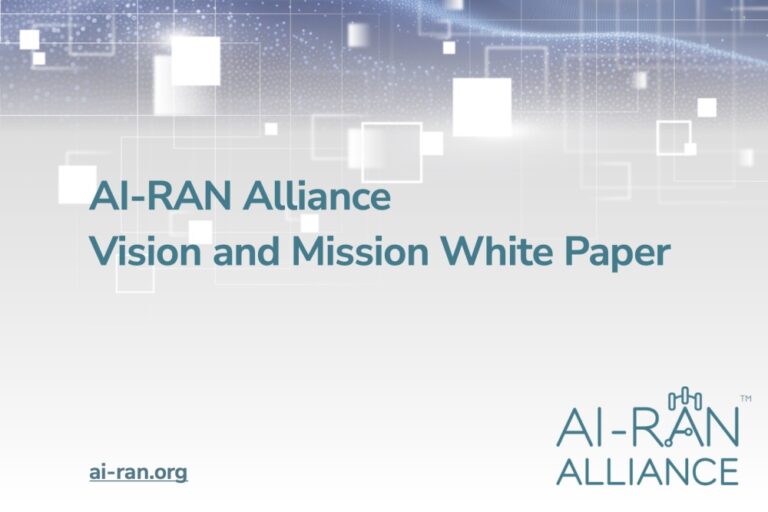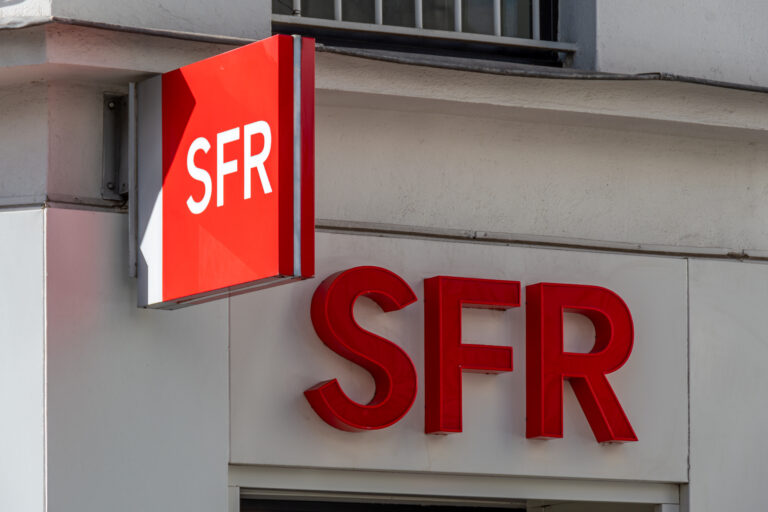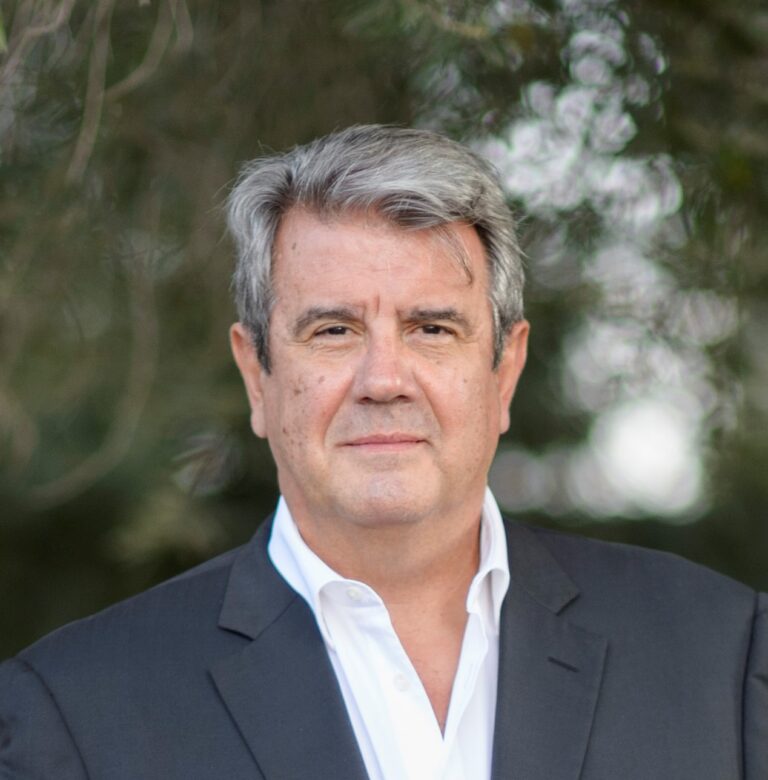Proximus Group is integrating BICS, Telesign and Route Mobile under one umbrella, Proximus Global, which has an equity value of about €3.1 billion
Proximus Group is setting up Proximus Global, integrating BICS, Telesign and Route Mobile under one umbrella. The move has no impact on Proximus’ cash and debt position, and values Proximus Global at about €3.1 billion equity value.
This new organisation will have “a single, streamlined operating model and unified global leadership team [which] will allow simplification of the organizational structure and governance”.
It is also intended to “drive commercial growth opportunities and leverage the Group’s diverse talent and global presence and facilitate the creation of a global leader in digital communications, while preparing the organization for a trajectory towards future value crystallization”.
This is an interesting move as other incumbents like BT and AT&T are paring down their global ambitions and activities to concentrate on their home markets.
How Proximus got here
Proximus Group says it has accomplished a step change in its international activities in recent years. In a first phase, it gained full ownership of Telesign and BICS to reach new markets beyond its traditional carrier activities, “fuelling a steady journey of organic growth”.
The second step was the acquisition of Route Mobile earlier this year, which the operator will help it reach global scale and become a worldwide leader in Communication Platforms as a service (CPaaS) and Digital Identity (DI) solutions.
Today, the Group’s global activities encompass the entire value chain of digital communications, including person-to-person voice and messaging services, mobility services, CPaaS and fraud protection. With over 2,500 full-time equivalent staff in more than 100 countries, these activities generated €1.9 billion revenue in 2023.
Proximus reiterates its mid-term ambitions, outlined in June, including International Direct Margin growth to €600-650 million by 2026 and more than €100 million in earnings before interest, taxes, depreciation, and amortisation (EBITDA) synergies. The announcement says, “Taking into account the nature and scalability of the International business, its high cash conversion of 50 to 75% will be highly supportive for the Group’s future financial position”.
BICS integrated into global organisation
As part of the new organisational structure, 100% of the shares of BICS will be transferred from Proximus nv/sa to Proximus Opal, the subsidiary of the Proximus Group holding 100% of Telesign as well as the majority stake in Route Mobile acquired earlier this year. By 31 December 2024, Proximus Opal will officially change its name to Proximus Global.
The plan is that customers of BICS, Telesign and Route Mobile will continue to be served by and interact with their trusted brand, without disruption to services, while benefiting from the streamlined collaboration between the three entities.
As Route Mobile’s business operations are expanding across regions, Route Mobile’s board announced Rajdip Gupta will be MD and appointed Gautam Badalia as CEO.
Gupta will focus on leveraging the Group’s strengths in terms of global reach and product diversity to accelerate the growth trajectory for Route Mobile and for the Group as a whole. Badalia, formerly Chief Strategy Officer, will work with Gupta to convert the Group’s strategic initiatives and guide Route Mobile into its next phase of sustainable and profitable growth.
As for Telesign and BICS, Christophe Van de Weyer and Surash Patel will remain on board as Managing Directors of their respective companies, combining this role with their responsibilities in the Proximus Global organisation.
Guillaume de Boutin, CEO of Proximus Group (pictured), commented, “With the introduction of one Proximus Global oganization, we are reinforcing the operating model, fueling future growth and further value creation from our international activities. This strategic transformation will consolidate the strengths of BICS, Telesign and Route Mobile…”













